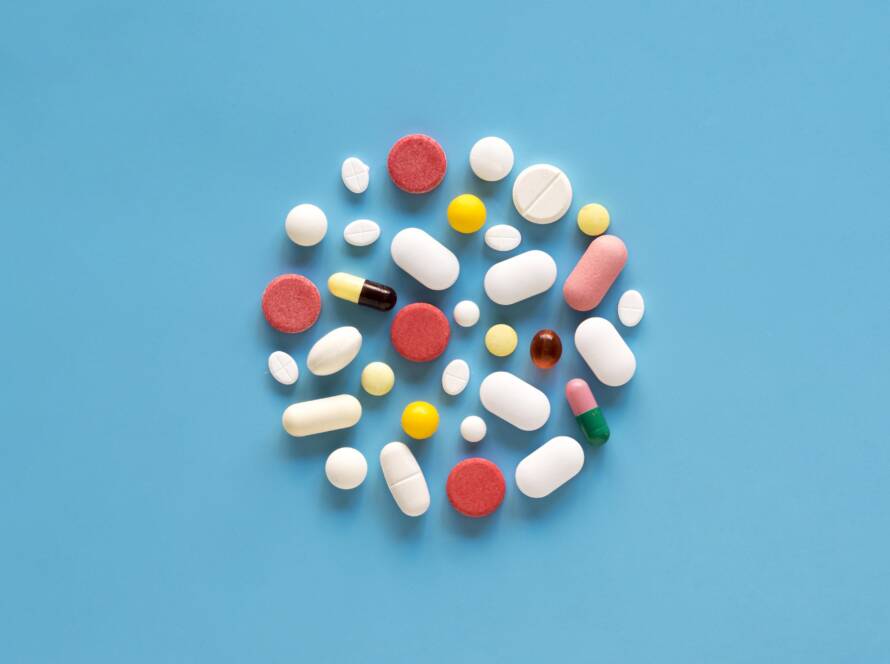Medicinal products are to be consumed for a specific purpose. Apart from being effective in treating a particular illness, they need to be safe for consumption. The safety aspect of the medicines is applicable for the products that are on the market as well as those that are being developed and are in different stages of development. To achieve this objective, regulatory affairs and pharmacovigilance work closely together. Regulatory affairs is tasked with creating, implementing, and overseeing regulations and guidelines to ensure that drugs adhere to safety and quality standards. In contrast, pharmacovigilance concentrates on recognizing, assessing, understanding, and preventing adverse effects and other drug-safety and quality related issues. Regulatory affairs play a crucial role in drug compliance by ensuring that pharmaceutical products meet the necessary legal and regulatory requirements. Professionals in this field work to navigate complex regulatory landscapes, interpret guidelines, and ensure that all aspects of drug development, testing, and marketing adhere to strict standards. Their expertise is essential in obtaining and maintaining regulatory approvals, conducting compliant global clinical trials, and staying up-to-date with evolving regulations to ensure the safety, efficacy, and quality of pharmaceutical products.
The collaboration between Pharmacovigilance (PV) and Regulatory Affairs (RA) has been illustrated through various examples, such as the case of thalidomide. In this instance, PV played a pivotal role in recognizing the drug’s teratogenic effects, which resulted in severe congenital disabilities in children born to mothers who used the drug. Subsequently, RA took decisive action by withdrawing the drug’s approval and implementing more rigorous regulations for drug approval processes.
Pharmacovigilance regulations in global clinical trials aim to monitor and assess drug safety throughout the development process. Here are some key aspects of pharmacovigilance regulations:
Reporting Requirements:
- Adverse Event Reporting: Pharmaceutical manufacturersare required to report any adverse events or side effects associated with their drugs to regulatory authorities. The adverse drug reactions arising out of clinical trials are reportable and must be reported to the regulatory authorities as well as to the ethics committees.
- Periodic Safety Update Reports (PSURs): Pharmaceutical manufacturersmust submit PSURs at defined intervals to provide a comprehensive overview of the drug’s safety profile.
- Risk Management Plans (RMPs): Pharmaceutical manufacturersdevelop RMPs to identify, characterize, and minimize risks associated with their drugs. These plans are updated throughout the drug’s lifecycle.
Signal Detection and Management:
- Signal Detection: Regulatory agencies continuously monitor incoming data for signals of potential safety concerns.
- Signal Management: Once a signal is identified, agencies and companies investigate further to confirm or refute the concern. If validated, appropriate actions are taken.
Good Pharmacovigilance Practices (GVP):
- Risk Minimization: Strategies to minimize risks associated with drugs, such as restricted distribution, patient registries, and education programs.
- Benefit-Risk Assessment: Continuous assessment of a drug’s benefits versus risks to ensure its benefits outweigh potential harms.
- Quality Systems: Robust quality systems are required to ensure pharmacovigilance activities are conducted to the highest standards. The drug manufacturers need to create a special pharmacovigilance cell to collate and process the reported adverse events and provide updated reports to undertake necessary actions.
Legal Framework:
- International Conference on Harmonization (ICH): The ICH provides guidelines for pharmacovigilance practices that are recognized globally.
- European Medicines Agency (EMA): The EMA has specific regulations for pharmacovigilance within the European Union, including the EudraVigilance system.
. FDA (U.S. Food and Drug Administration): The FDA mandates pharmacovigilance activities for drugs approved in the United States, such as adverse event reporting through the FAERS system.
Clinical Trials:
- Post-Marketing Surveillance: Ongoing monitoring of drugs after they reach the market.
- Phase IV Trials: Some drugs require additional trials after approval to gather more safety data.
Communication:
- Communication with Healthcare Professionals and Patients: Informing healthcare professionals and patients about new safety information.
- Publications: Pharmaceutical manufacturersare required to publish safety information in medical journals and other platforms.
Compliance and Inspections:
- Inspections: Regulatory authorities conduct inspections to ensure compliance with pharmacovigilance regulations.
- Enforcement Actions: Non-compliance can lead to warnings, fines, or even withdrawal of a drug from the market.
Digitalization:
- Electronic Reporting: Many regulatory agencies now require electronic submission of safety data.
- Data Mining: Use of data mining techniques to identify potential safety signals from large databases.
Regulations in pharmacovigilance are crucial for ensuring the safety and effectiveness of medications. In global clinical trials, strict regulations ensure pharmacovigilance for patient safety. These regulations vary by country and region, but generally include requirements for reporting adverse drug reactions (ADRs) as well as any serious adverse events. Conducting post-marketing surveillance, and implementing risk management plans is mandatory. In conclusion, pharmacovigilance regulations play a vital role in safeguarding public health by monitoring and assessing the safety of medications throughout their lifecycle. Compliance with these regulations is essential for pharmaceutical manufacturers to ensure the safety of their products and maintain the trust of patients and healthcare providers.


